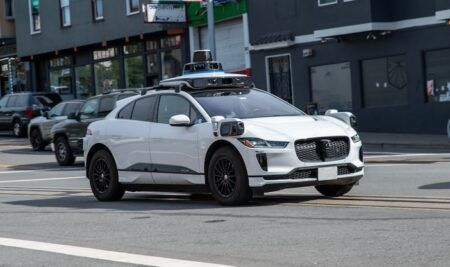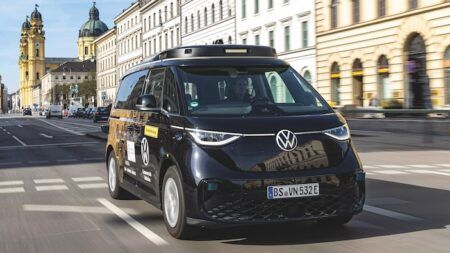Nissan and software developer DeNA Co Ltd have unveiled their Easy Ride brand that will be trialing a new autonomous vehicle mobility service with public participation in Japan next year.
Nissan and DeNA started collaborating to develop a new mobility service that uses autonomous driving technology in January 2017, and the public field test will take place in the Minato Mirai district of Yokohama in March 2018. The two companies aim to combine the Nissan Intelligent Mobility vision, through technological assets in autonomous driving, vehicle electrification, and connected cars, with DeNA’s experience in developing and operating driverless mobility services using its expertise in the internet and artificial intelligence. DeNA is currently piloting the Robot Shuttle ‘first-mile/last-mile’ service near Tokyo in a joint effort with the French company EasyMile, which is providing its EZ10 electric 12-seat bus.
With ‘more freedom of mobility’ as its concept, Nissan and DeNA’s Easy Ride is envisioned as a ‘mobility-on-demand’ service for anyone who wants to travel freely to their destination in a robotic vehicle. The goal is to allow customers to use a dedicated mobile app to complete the whole process, from setting destinations and summoning vehicles, to paying the fare. Customers can also select recommended local destinations and sightseeing routes depending on their objectives. Nissan and DeNA plan to support multiple languages and to use a remote monitoring system to ensure customer safety.
Nissan and DeNA started a technical field test using an autonomous Leaf electric vehicle earlier this year. The companies will recruit participants for the March field test from now until mid-January. The partners aim to provide the service as a new infrastructure option that supplements existing transportation systems. With customers able to discover new local destinations through Easy Ride, the companies expect the service will also help energize cities and neighborhoods, as well as provide new mobility options to those with limited access to existing transport networks, such as the elderly or those with disabilities.




